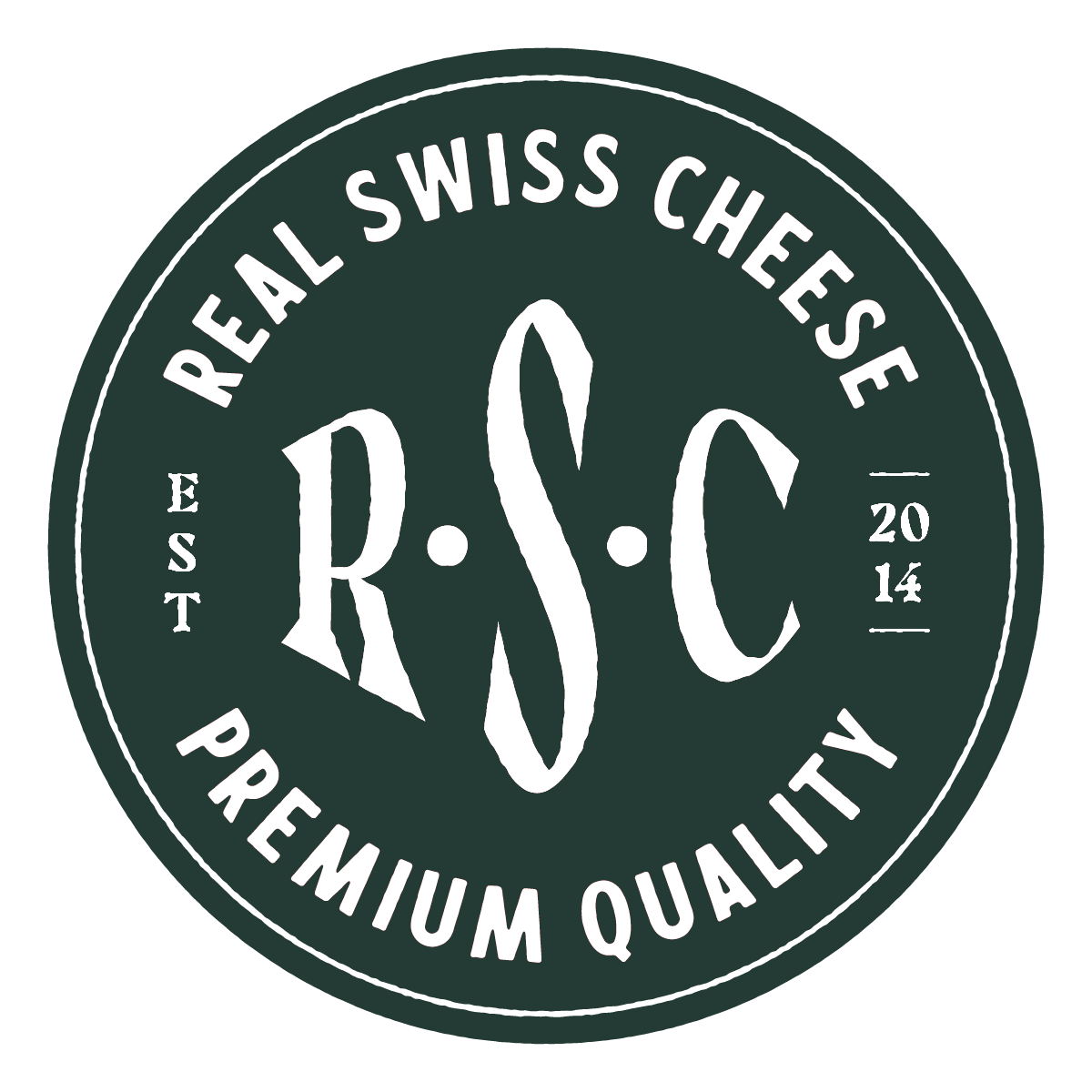Introduction
This blog post is set to explore the nature of Raclette. This quintessential Swiss dish has gathered international interest for its unique preparation and communal dining experience, especially during the cold winter months.
This post is written with a dual purpose in mind. Firstly, it is informative for culinary enthusiasts and cultural scholars keen on understanding this traditional Swiss dish’s historical and sociocultural significance. Secondly, it acts as a practical guide for gastronomes and home cooks who wish to recreate the authentic Raclette experience in their own kitchens.
Historical Background
According to historical records, it’s likely that the legendary Wilhelm Tell consumed this type of melted cheese prior to his famous apple shot. The earliest documented reference to this method of cheese preparation dates back to 1574 in Valais. Even Johanna Spyri’s iconic story “Heidi” alludes to Raclette when mentioning “roast cheese on a spit.” Historically, cheese has been a crucial food source for alpine dairy farmers and shepherds in these regions. They needed lasting and nourishing food when up in the mountains with their animals. One day, they placed the cheese too close to the fire, and it started melting. To not waste any of the precious cheese, they scraped the melted bit onto some potatoes and at it this way. The first Raclette was born. But it wasn’t until the 20th century that this rustic mountain dish entered the valleys, swiftly rising to fame as one of Switzerland’s most beloved national dishes.

Importance of communal dining
Raclette is not only a dish but also a social event. It is a time for friends to gather, drink wine, and have fun. Communal dining is significant and encompasses various social, emotional, and physical well-being aspects.
1.Social Bonding: Communal meals strengthen bonds and serve as a way to pass on traditional dishes and techniques, fostering community and togetherness
2.Well-being and Happiness: Eating together is associated with increased happiness, life satisfaction, and overall well-being. It can lead to a greater sense of engagement with communities.
The step-by-step guide to the perfect raclette evening
You’ll need
1.Friends/family: Central to the experience
2.Raclette Grill: Choose one that suits the size of your group.
3.Raclette Pans (Coupelles): For melting the cheese.
4.Wooden Spatulas: To scrape off the melted cheese.
5.Plates and Cutlery: For serving and eating.
6. White wine: Is optional, but helps the conversations if the day was long at the office.
On Amazon or any other online retailer, complete sets can be ordered:
Friends and Family are usually not included in the sets.
Cheese and Accompaniments
Then, it is about selecting the right cheese and finding the right accompaniments that fit your group’s needs. As you might have expected, the evening’s star is the cheese. Therefore, it is essential to get the best quality possible. Get authentic Swiss raclette cheese, like our Swiss raclette. Consider serving a variety of flavours like smoked, peppered, or herbed raclette. You can calculate with around 200-250g of cheese per person.
When it comes to accompaniments, the sky is the limit, and we encourage you to experiment. Traditionally, we serve pickled veggies such as Cornichons (small gherkins) and pearl onions. If you use some fermented vegetables you’ll have great taste too with the benefit of probiotic bacterias supporting your digestion. In addition, you also want to have some small boiled potatoes at hand. Firm ones work best.
Spices are nice too but not essential. Paprika and pepper make a good combination. Any other combinations you would like to share? Let us know in the comments.

How to Raclette
Each guest takes a pan, adds a slice of cheese, and places it under the grill. While the cheese melts, prepare the potatoes and the pickled vegetables on your plate. Scrape the melted cheese onto the prepared potatoes and season with spices if desired. Enjoy your cheese and start again. 🙂


